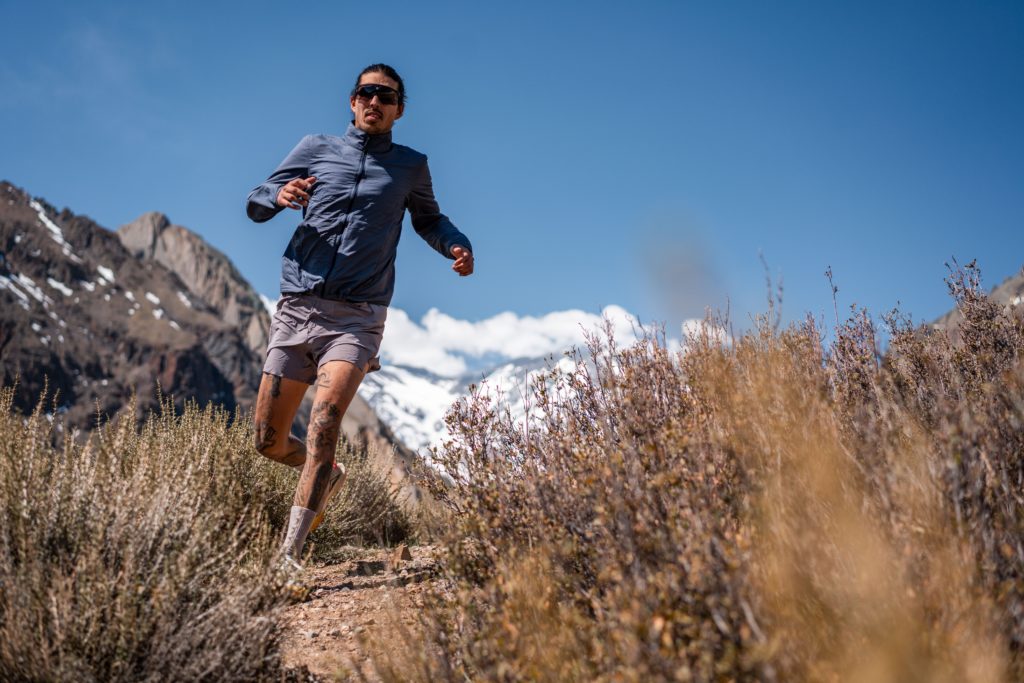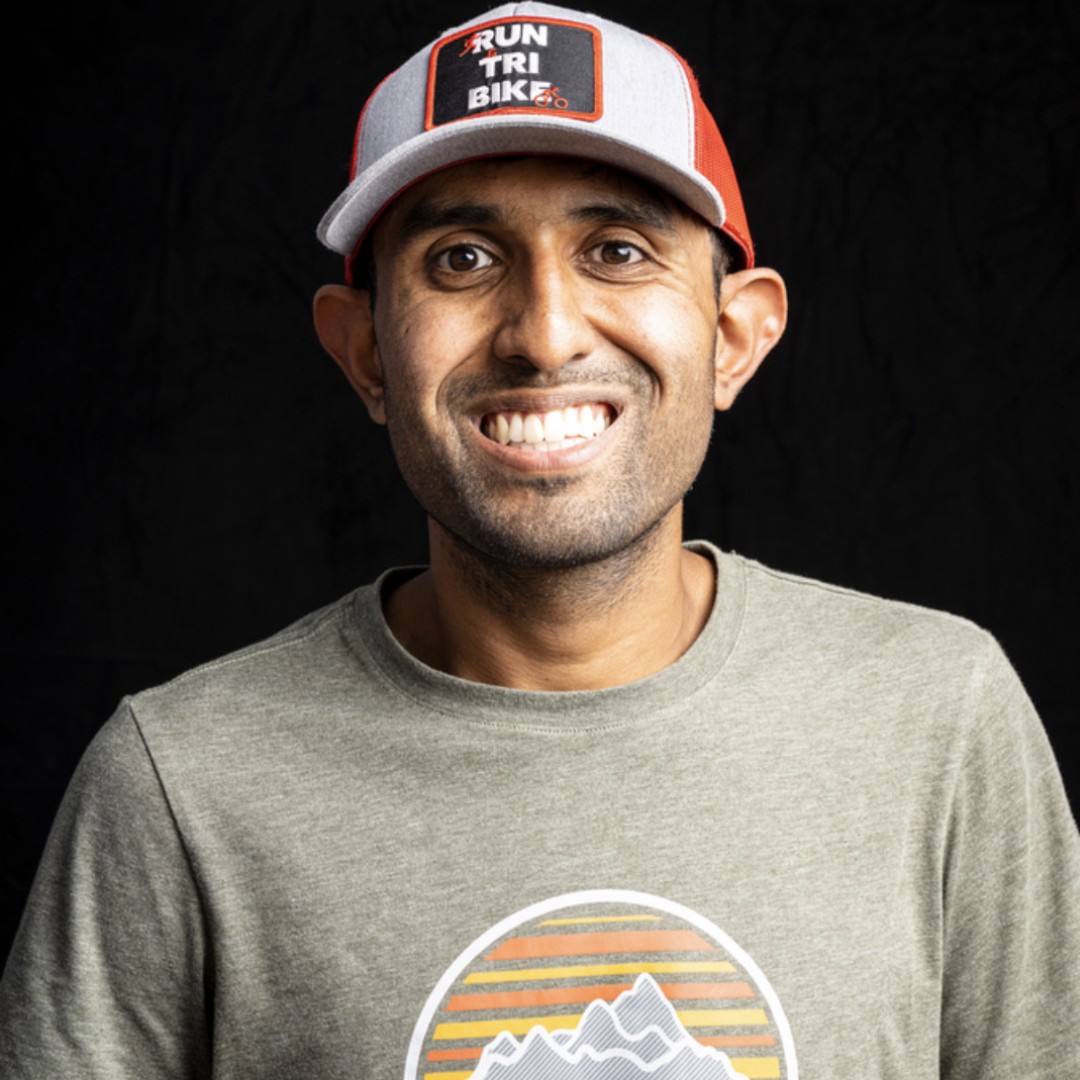The Importance of Foot Care

The importance of foot care in endurance sports where you are on your feet for a long time cannot be underestimated. For example, ultramarathons require huge amounts of foot time on a variety of terrain. Bad feet can ruin a race. First, let’s talk about some key terms related to foot care.
Foot time is the amount of time you spend on your feet. Typically, the longer you’re on your feet, the more problems will arise. Foot care is not a major factor in shorter races. While this may be true, having happy feet will only improve your performance.
Friction is a force that resists the sliding or rolling of one solid object over another. Usually, friction will be the reason a blister forms. Friction is the underlying cause for blisters. As an endurance athlete, it’s important to know the basic reason for why you’re applying foot care.
A hot spot will be your first warning of an impending blister. Generally, a hot spot is your first warning to take care of your feet in a certain area. The pressure in the area where the hot spot is forming is a sign that your skin is fatiguing.
A blister will form from a hot spot if you don’t treat the pressure area. Fluid will fill up the pocket where the hot spot was. Naturally, this will make the spot very difficult to walk on. As an ultra runner, blisters have been either blood blisters (caused by pinching of the skin) or friction blisters (the most common).
With this terminology in mind, here are some steps you can take to improve your foot care:
- Choose the right shoes. In other words, don’t choose a shoe that is too tight or too loose. Generally, a shoe with a small toe box will cause blisters on your toes. In addition to that, having the proper padding on the bottom of your shoes is important. For example, running a mountain race probably means choosing a shoe that has rock plates on the bottom. Running a road race might mean choosing shoes that have a better cushion to handle the asphalt.
- Choose the right type of socks. The proper type of material for your socks is important. For instance, cotton is a material that will retain moisture and make your feet wet. Wet feet means more friction and this means more blisters. Moisture-wicking material such as nylon and merino wool will help keep your feet dry.
- Preemptively tape your feet. Feet type are different. To illustrate, successful athletes tape their entire feet using blister tape, but I can’t do the same for my feet. Usually, I tape only the bottom of my feet in small squares. The more experience you gain, the better you will be able to identify common hot spots.
- Use supplementary material. Products such as Squirrel Nut Butter’s Happie Toes and Trail Toes are made with foot care in mind. Putting friction powder in your socks to prevent moisture also helps.
- Keep your feet clean. Above all, keeping your feet clean and dry is the best thing you can do. During my 72-hour race , I changed my socks every 30 miles. During this process, I applied a new layer of supplementary material.
- Use all available resources. Talk to medical professionals. Ask questions to experienced endurance athletes who have participated in similar events. Read up on guidebooks, such as John Vonhof’s Fixing Your Feet. Resources are all around and you just have to seek them out.
Foot care is a science that takes experience to master, but keeping the basic terminology and advice in mind is a fantastic place to start. The importance of foot care in endurance sports is huge. Having proper foot care can only result in performance positives.

Aum Gandhi is a social media manager, content writer, and co-owner of Run Tri Bike. An active ultrarunner, Aum has a palpable love for the sport and the trail community. His purpose in all his professional and personal activities is to inspire others by leaving a positive impact. Aum maintains a personal blog on his website in which he shares both his running exploits and features of energizing endurance athletes to all audiences. In his free time, you’d probably catch Aum reading, crewing at races, playing video games, out on the trails, or watching NBA Basketball.








